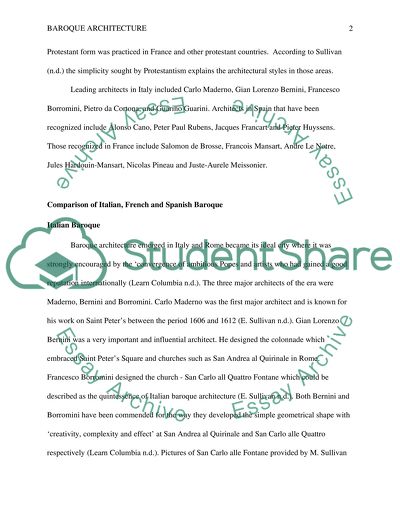Cite this document
(“Baroque Architecture: Comparison of Italian, French and Spanish Term Paper”, n.d.)
Retrieved from https://studentshare.org/architecture/1427148-baroque-architecture
Retrieved from https://studentshare.org/architecture/1427148-baroque-architecture
(Baroque Architecture: Comparison of Italian, French and Spanish Term Paper)
https://studentshare.org/architecture/1427148-baroque-architecture.
https://studentshare.org/architecture/1427148-baroque-architecture.
“Baroque Architecture: Comparison of Italian, French and Spanish Term Paper”, n.d. https://studentshare.org/architecture/1427148-baroque-architecture.


